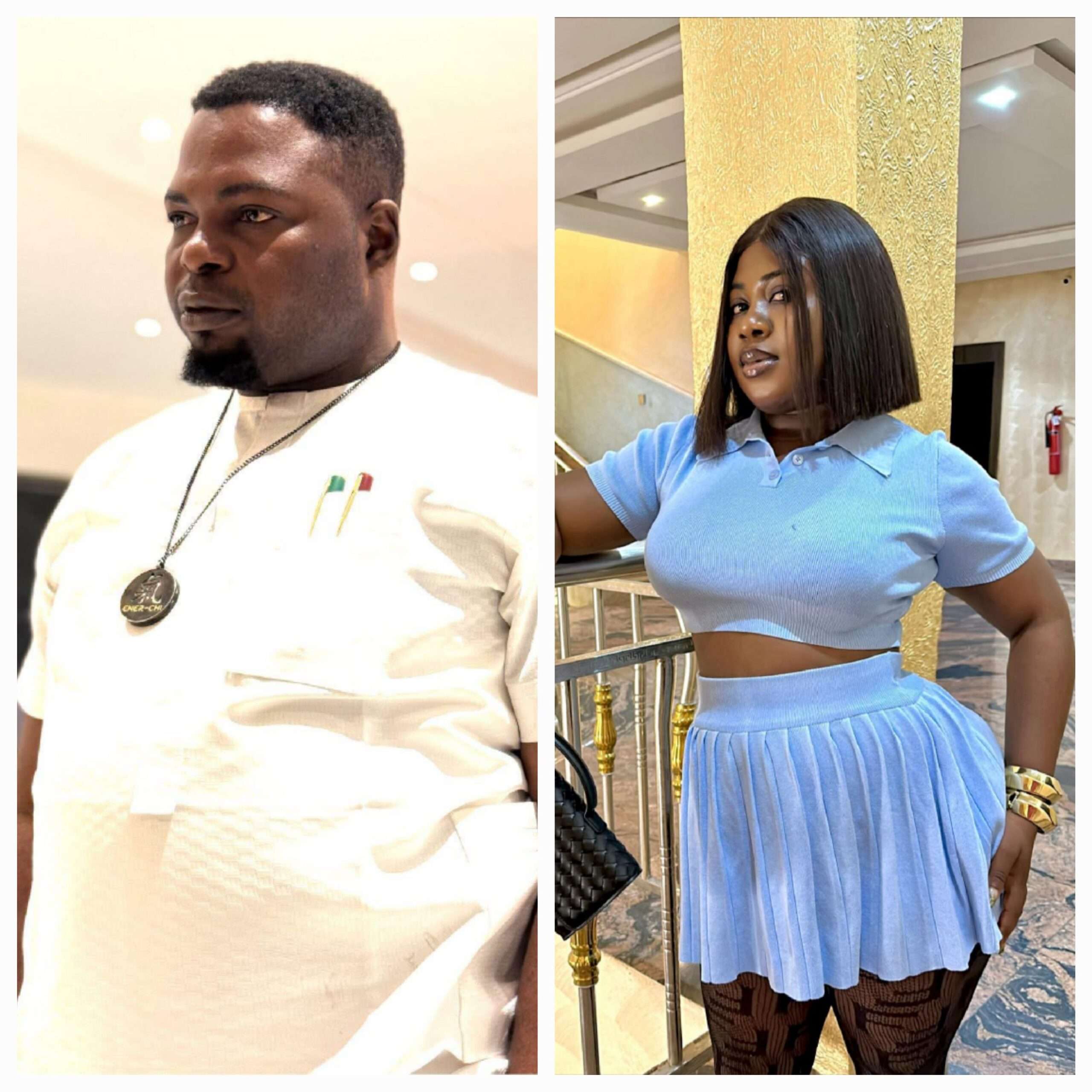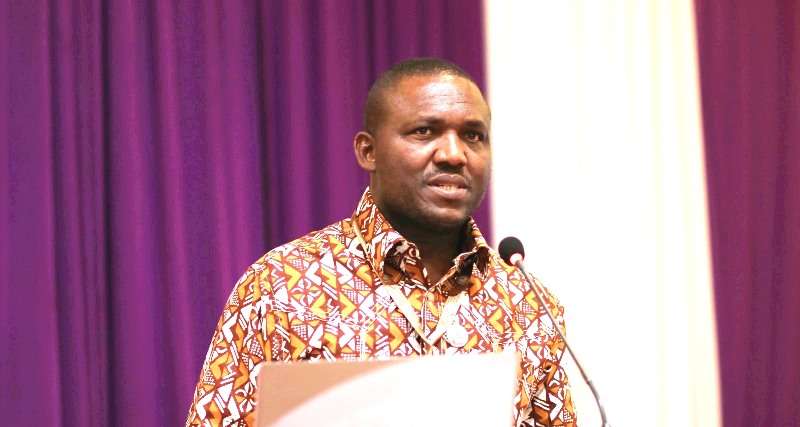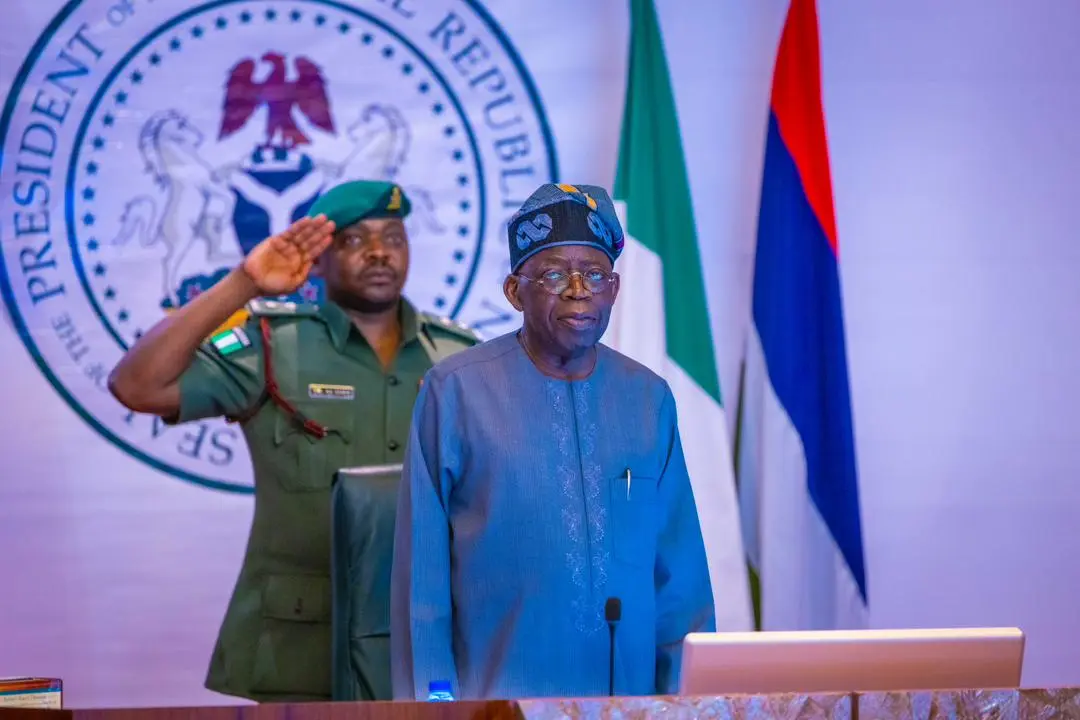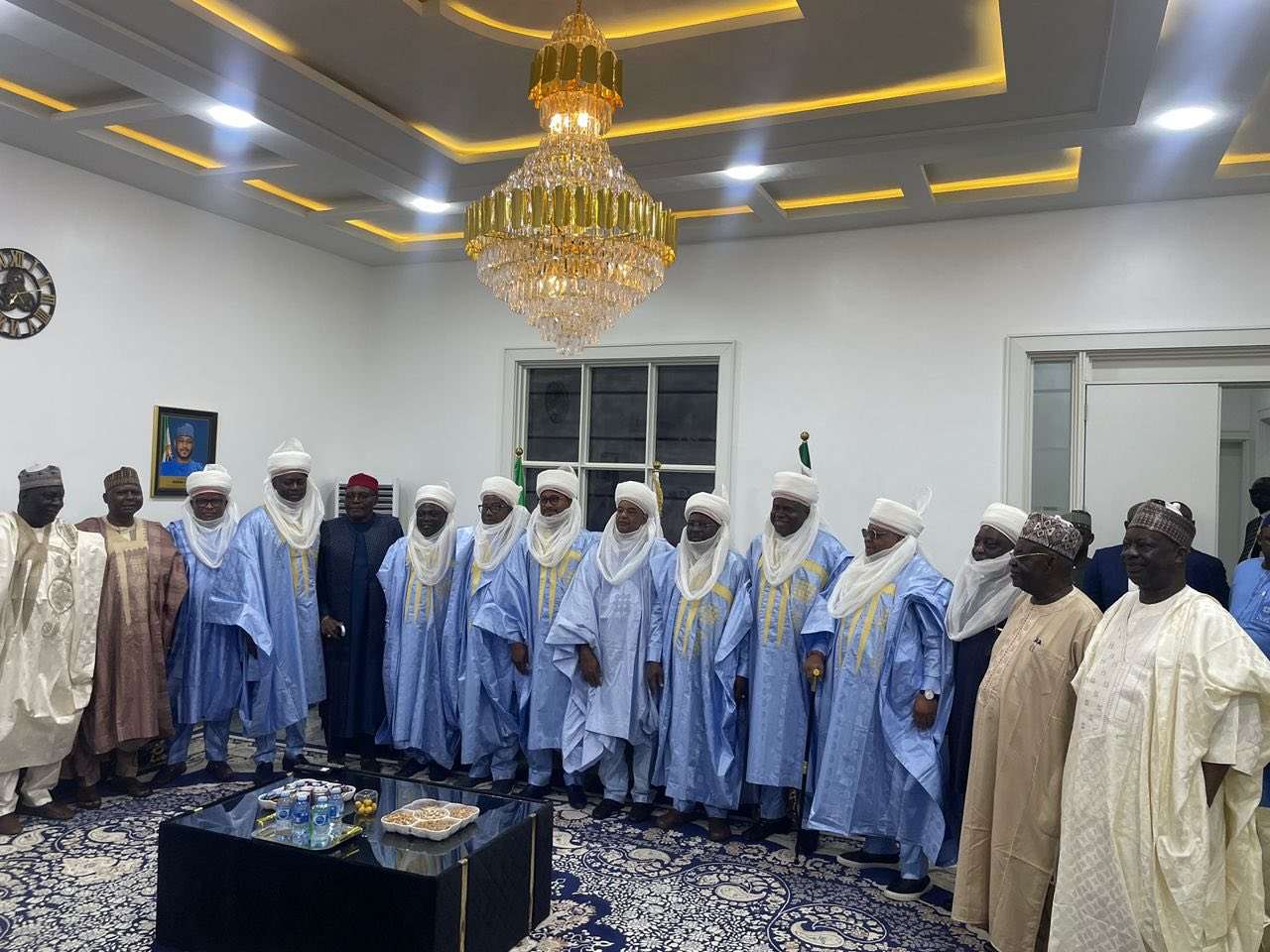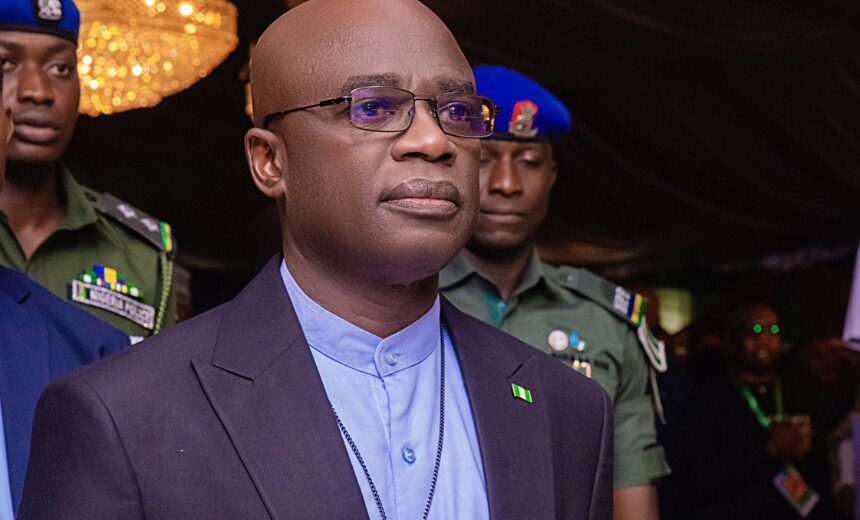The Vatican had always been a place of mystery, power, and divine continuity. For over 600 years, the rules had been clear popes didn’t quit. They reigned until death, their hands gripping the keys of Saint Peter until their final breath. And then, in 2013, something happened that shattered centuries of tradition: Pope Benedict XVI resigned. Just like that. No scandal, no coup, no war. An old man in white simply decided that he was too tired to go on.
The world watched in stunned silence. The Catholic Church had never seen anything like it in modern times. There had been whispers, of course. Benedict was aging, frail, overwhelmed by the endless Vatican scandals the child abuse crisis, the corruption, the infighting within the Curia. Some said he had been pushed out, that the old intellectual had lost the stomach for battle in a Church plagued by moral decay. Others believed him when he said it was simply a matter of strength. But whatever the reason, the Vatican now faced a problem it never thought it would have- two popes.
In came Jorge Mario Bergoglio, the man the cardinals elected as the 266th pope. A Jesuit from Argentina, he was unlike any pope before him. Where Benedict was an academic, a man of books and doctrine, Francis was a street priest. He rejected the palatial Vatican apartments, rode in a Ford Focus, and spoke of a Church that needed to serve the poor rather than lecture them. The contrast was startling, almost cinematic one pope in seclusion, living in the Vatican Gardens like an emperor in exile, and another taking the world by storm, shaking up an institution that had spent centuries resisting change.
There was a moment, months after Francis took office, that captured the strangeness of it all. In a quiet chapel, beneath the frescoed ceilings of the Vatican, Pope Francis and the now-retired Benedict knelt together in prayer. Two men in white, one frail and bent with age, the other newly anointed, his voice still carrying the weight of fresh authority. Cameras captured the moment, but even in still images, the air seemed thick with the unspoken. Was Benedict surrendering? Was Francis seeking his blessing? Or was this a carefully choreographed display to convince the world that there was no tension, no battle for the soul of the Church?
It didn’t take long for battle lines to be drawn. The Vatican is not just a religious headquarters; it is one of the most intricate political machines in the world. And within its walls, factions emerged. The conservatives cardinals, bishops, and theologians loyal to Benedict’s vision saw Francis as a dangerous reformer, a man willing to bend centuries-old traditions to fit the demands of the modern world. The progressives hailed him as a savior, someone finally breaking the Church out of its rigid, archaic ways. But the real tension was something the world had never witnessed. A sitting pope and a retired one, both living in the same tiny city-state, both dressed in white, one with power, the other with influence.
There were moments that felt like cold war espionage. In 2019, a book appeared, defending priestly celibacy, just as Pope Francis was considering reforms that might allow married priests in some cases. The book carried Benedict’s name, fueling speculation that the retired pope was secretly opposing the sitting one. The Vatican scrambled. Was Benedict truly behind it? Or was he being used by the ultra-conservatives, men who whispered in his ear and plotted behind Francis’ back? The Church had always been a place of hidden wars, of power struggles disguised as theological debates, but never before had there been two living popes to serve as rival figureheads.
Yet, for all the tension, there was never outright war between the two men. Francis visited Benedict often, calling him a “wise grandfather.” Benedict, despite everything, refused to become a tool for the opposition. He had once been the Vatican’s enforcer, the man who defined doctrine with unshakable certainty, but in his final years, he remained quiet. Some say it was out of respect. Others say he knew that if he spoke too loudly, the Church might fracture beyond repair.
But there is something chilling about the way history remembers them now. When Benedict XVI died on December 31, 2022, Francis led the funeral. A reigning pope burying his predecessor something the world had not seen in centuries. And yet, the funeral was subdued, almost muted, devoid of the grandeur afforded to popes of the past. No nine days of mourning. No global spectacle. It felt as though the Vatican was eager to move on, to ensure that the era of two popes would not become the beginning of a dangerous precedent.
But Benedict had already changed the papacy forever. He had set a precedent popes could retire. And if they could retire, they could remain influential. What if, in the future, a retired pope didn’t stay silent? What if he openly opposed his successor? What if the Church, once a monarchy, became something closer to a political battlefield, with former popes acting as shadow rulers?
The tale of two popes was not just about an old man stepping down and a new one rising. It was about power, ideology, and the delicate balance holding the Catholic Church together. It was a reminder that even the oldest traditions can be broken, and once broken, they may never be the same again.
The era of two popes was more than an anomaly,it was a defining moment in the Catholic Church’s modern history.
Pope Francis declared years ago that a pre-written resignation letter exists in the event of health issues that leave him incapacitated. The probability of two consecutive papal resignations may happen, returning to such a precedent.
Stephanie Shaakaa

